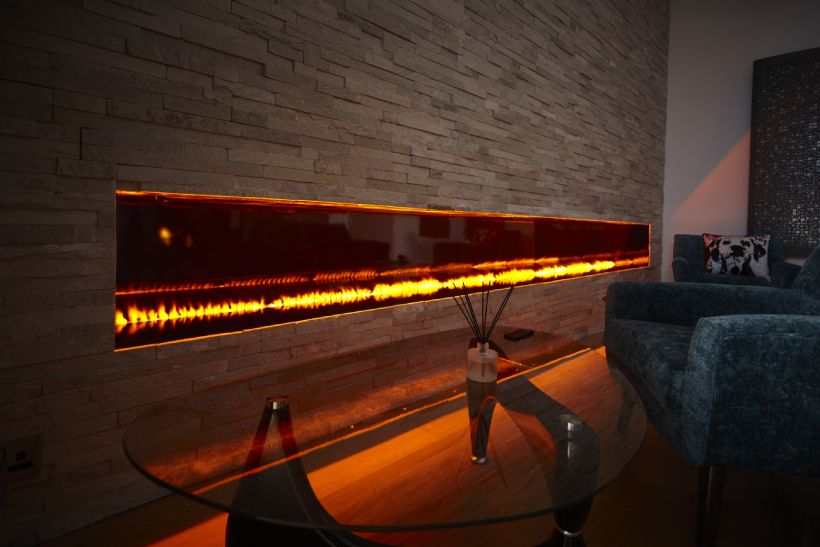The influence of technology on design

The influence of technology on design
Technology is causing the line between construction and design to blur. One example of this is the government-backed best-practice BIM (building information modelling). This is a collaborative build process which allows the building to be constructed twice — digitally first, and then for real. This process allows for greater coordination between the designer, builder and client. But this is just one aspect of technology to consider — it is just the tip of the iceberg when you consider all the other technologies available.
Our recent research, which surveyed architects and designers across the UK, discovered that 74% are already using digital technology and 40% expect technology to have a significant effect on the industry over the next 18 months. Some of these technologies include virtual reality (VR) and augmented reality (AR), smart technology, and IoT and connected technology.
VR technology
VR technology provides a dynamic way for architects to collaborate, even allowing their customers to walk through the future building, while AR allows greater collaboration as 2D documents can be overlaid onto a 3D plan. We believe that a combination of VR and AR technologies will be adopted on a large scale over the next 18 months and approximately 70% of respondents agree with us.
Two other technological areas that we cannot ignore are smart technologies and the Internet of Things (IoT). Increasingly, architects and designers are seeing smart technologies incorporated into design briefs but quite how the IoT will have an impact is unknown. From environmental controls (heating and air-conditioning), to managing the entertainment ecosystem and security within a home, the applications for IoT are endless — it will undoubtedly influence future building design, an opinion supported by designers and architects.
There’s little doubt that the pace of technological adoption within the building and design industry is taking hold. This focus on technology and the demand for it is reflected in our own business, as shown by the appetite for our flame technology.
It is an exciting time to be involved in the industry. Other technologies which firms are also thinking about include 3D printing and robotics. Firms in China are realising the benefits of working with robotics in the construction process and 3D printed buildings already exist.
What is clear to us is that technology cannot be ignored — it will continue to affect our industry whether we like it or not. What you can decide though is how to integrate it within your business. One way through this is to keep an open mind and don’t wait too long.
Our RIBA approved electric flame course gives an opportunity to learn more about the wider development in electric heating and includes a hands-on demonstration. Additionally, attendees will earn 1 CPD hour. Please register your interest here.

